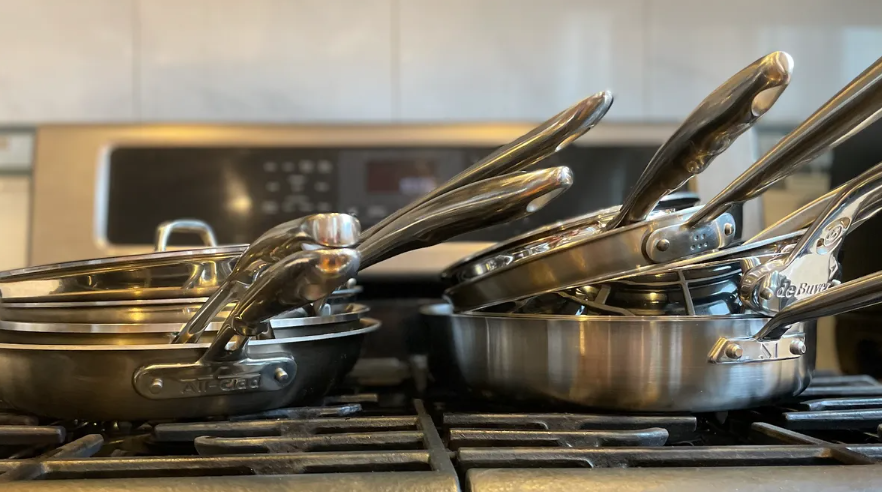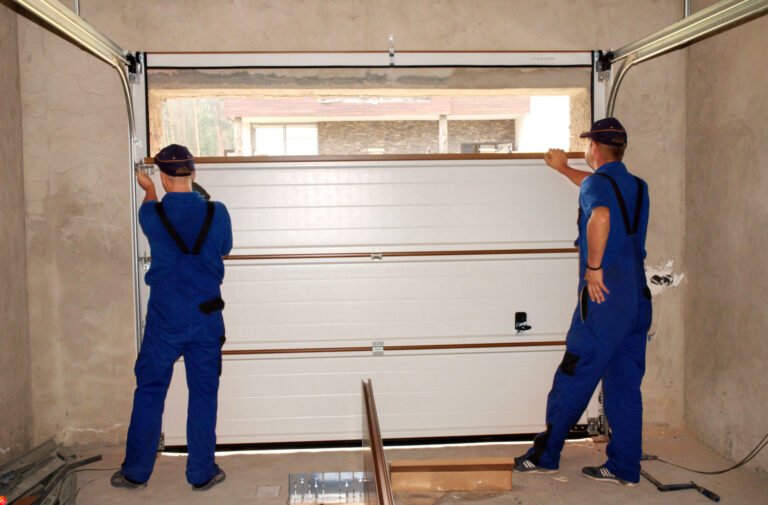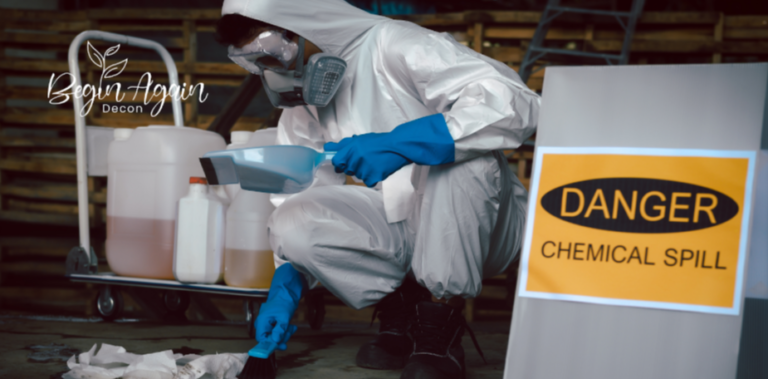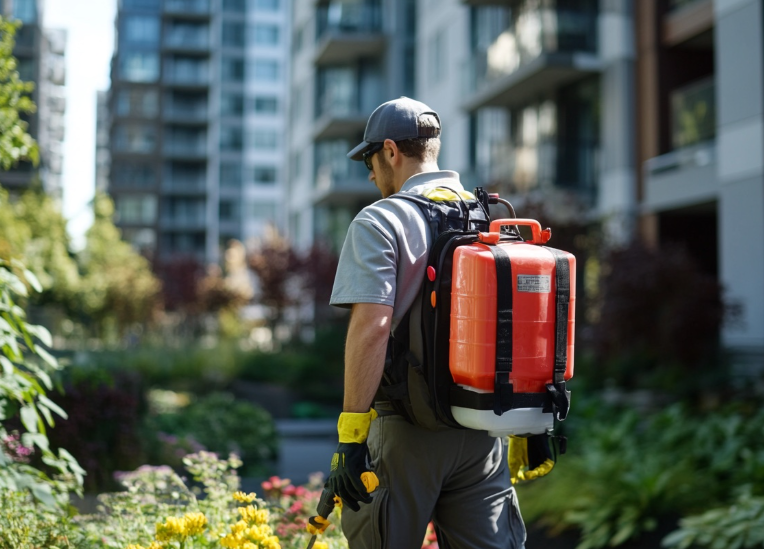Stainless Clad Frying Pan: The Ultimate Choice for Everyday Cooking Excellence
Introduction
Every kitchen deserves tools that can stand the test of time, and among the most essential pieces of cookware is the frying pan. From frying eggs in the morning to searing meats for dinner, the frying pan is a versatile piece that makes cooking enjoyable. In recent years, the stainless clad frying pan has become the go-to choice for professional chefs and home cooks alike. With its durability, even heating, and stylish finish, it brings together everything one needs for successful everyday cooking.
In this blog, we’ll explore what makes stainless clad frying pans so special, their unique benefits, how to care for them, and why they deserve a permanent place in your kitchen.
What Is a Stainless Clad Frying Pan?
A stainless clad frying pan is cookware made by bonding layers of stainless steel with other metals, usually aluminum or copper. This process creates a pan that combines the strength of stainless steel with the excellent heat conductivity of aluminum or copper.
Cladding means multiple layers, often described as “tri-ply” (three layers), “five-ply” (five layers), or even higher. In the case of frying pans, this results in cookware that heats quickly, distributes heat evenly, and resists warping.
Why Stainless Clad Is Superior to Regular Stainless Steel
While standard stainless steel pans are durable, they often suffer from uneven heating. This can lead to hot spots, where certain parts of the food cook faster than others.
Stainless clad frying pans solve this problem by combining stainless steel with a conductive core layer, typically aluminum. The result is:
- Consistent heating across the surface
- Quick response to temperature changes
- Durability without compromising cooking performance
This makes them far more reliable for everyday tasks compared to single-layer stainless steel pans.
Key Benefits of a Stainless Clad Frying Pan
Long-Lasting Durability
Stainless steel is known for its ability to resist rust, scratches, and corrosion. When combined with cladding, the pan gains additional structural integrity, making it resistant to warping even under high heat.
Non-Reactive Cooking Surface
Unlike cast iron or nonstick pans with coatings, stainless clad frying pans don’t react with acidic foods like tomatoes, vinegar, or citrus. This ensures your dishes maintain their natural flavors without any metallic aftertaste.
Even Heat Distribution
The aluminum or copper core ensures the heat spreads evenly throughout the surface of the pan. This prevents common cooking issues like burnt spots or undercooked areas.
Versatility in the Kitchen
From searing meats to sautéing vegetables or making delicate sauces, stainless clad frying pans handle all cooking methods with ease. They are oven-safe, stovetop-compatible, and often induction-ready.
Health-Friendly Option
Unlike some nonstick pans that may release chemicals when overheated, stainless clad pans are completely safe. You can cook confidently without worrying about harmful toxins.
Everyday Uses for a Stainless Clad Frying Pan
Searing Meats to Perfection
A stainless clad frying pan can withstand high temperatures, making it ideal for searing steaks, chicken, or fish with a beautiful golden crust.
Frying and Sautéing
Whether it’s crispy fried eggs, golden potatoes, or sautéed vegetables, this pan delivers consistent results with precise temperature control.
Simmering Sauces
The non-reactive surface makes it perfect for simmering tomato-based sauces or gravies without altering the taste.
Baking and Oven Use
Many stainless clad frying pans are oven-safe up to high temperatures, allowing you to finish dishes in the oven or bake one-pan meals.
See also: Top 10 Easy Home Improvement Projects for Beginners
Stainless Clad vs. Other Cookware Materials
Stainless Clad vs. Nonstick
- Stainless clad: Higher durability, no chemical coatings, can handle higher heat.
- Nonstick: Easy food release but less durable, scratches easily.
Stainless Clad vs. Cast Iron
- Stainless clad: Lighter, requires no seasoning, non-reactive, and easier to clean.
- Cast iron: Great heat retention but heavy, needs maintenance, and not always ideal for acidic foods.
Stainless Clad vs. Copper
- Stainless clad: More affordable, versatile, and easy to maintain.
- Copper: Excellent heat conductor but requires polishing and can be reactive without lining.
How to Care for Your Stainless Clad Frying Pan
Cleaning Tips
- Allow the pan to cool before washing.
- Use warm water, mild soap, and a soft sponge.
- For stuck-on food, soak briefly and use baking soda or a stainless-safe scrubber.
Maintenance Practices
- Avoid cooking sprays that leave residue.
- Don’t overheat the pan when empty, as it can cause discoloration.
- Store properly to prevent scratches by stacking with protective layers.
Common Mistakes to Avoid
- Cooking on extremely high heat – While the pan can handle it, medium heat often gives better results.
- Not preheating properly – A short preheat ensures food doesn’t stick.
- Using harsh metal utensils excessively – Though durable, using wood or silicone can extend the life of the surface.
Why Every Kitchen Needs a Stainless Clad Frying Pan
A frying pan is one of the most frequently used kitchen tools. With a stainless clad frying pan, you get the perfect balance of strength, safety, and cooking performance. It eliminates the compromises that come with other types of cookware and provides unmatched versatility for everyday meals.
Whether you’re a beginner cook or a seasoned chef, investing in one will transform the way you prepare food.
Conclusion
The stainless clad frying pan truly stands out as a reliable, durable, and high-performing kitchen essential. From even heat distribution to its ability to handle different cooking techniques, it offers everything needed for effortless and enjoyable cooking.
If you’re looking for cookware that will last a lifetime while delivering professional-quality results, a stainless clad frying pan should be your first choice.






